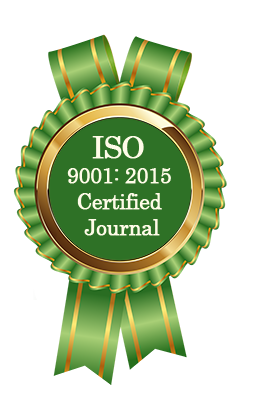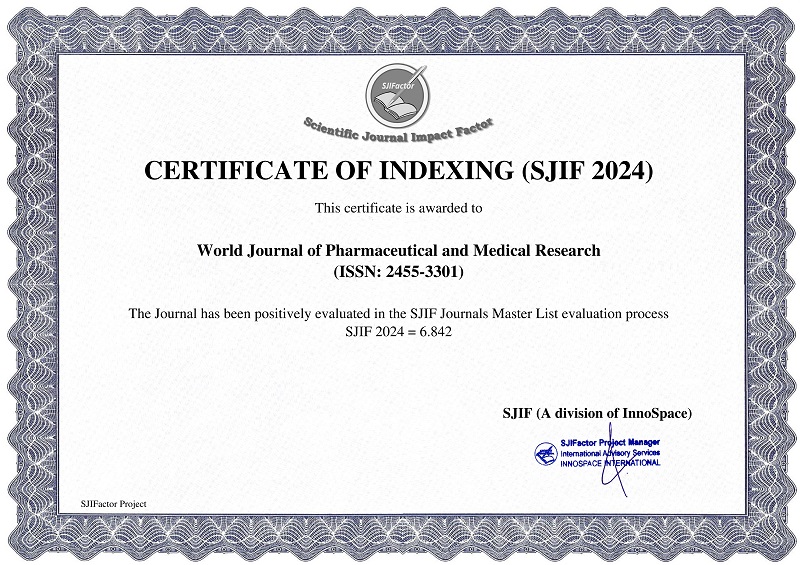SPLIT THICKNESS SKIN GRAFTING IN IRRUA, EDO STATE, NIGERIA
*Oluwafemi Olasupo Awe
ABSTRACT
Introduction: skin grafting is a very common procedure by the surgeons. It is seen as been innocuous and simple but may be very distressing to the patient if not properly done. There is need for auditing of this procedure, so that there could be improvement in surgical technique and better outcome. This will make the procedure more appealing to patients. Methodology: this is a 5-year clinical audit of the patients that underwent split thickness skin grafting at Irrua Specialist Teaching Hospital (ISTH), Irrua, Edo State, Nigeria. The patient data were retrieved from the case-notes, operating theatre register and clinic register. The data obtained include the bio-data, indication for the procedure, duration of the procedure, post-operative complication and dressing material. Epidermolysis was not considered as a complication on its merit in the study. The data was analyzed using the SPSS version 22. Results: 217 patients had split thickness skin grafting done during the period of review. The age ranges from under 1 year to 95 years, with the mean age of 34.97 years and median age of 30 years. There was male preponderance. There were 119 (54.8%) males and 98 (45.2%) females with male to female ratio of 1.2: 1. Trauma was the commonest indication for the procedure accounting for 46.1% followed by chronic leg ulcer 24.0% and then burns 12.9%. The duration for the procedure had minimum of 30mins and maximum of 205mins. The mean duration of surgery was 66.8mins and the median was 60mins. Co-morbidity was present in 46 (21.2%) patients. Diabetes mellitus was the main co-morbid condition present in 30 (65.2%). Complications were observed in 37.8% of the patients. 124 had multilayered petroleum gauze (sofra-tulle) dressing for the donor site and the rest with single layered polyurethane (Op-Site) dressing. Conclusion: The post- operative complication rate was very significant and there is need to develop a standard protocol to reduce this. There is also need to determine whether there is significant difference in outcome with respect to the type of donor site dressing, rate of infection and hospital stay in the future.
[Full Text Article] [Download Certificate]



